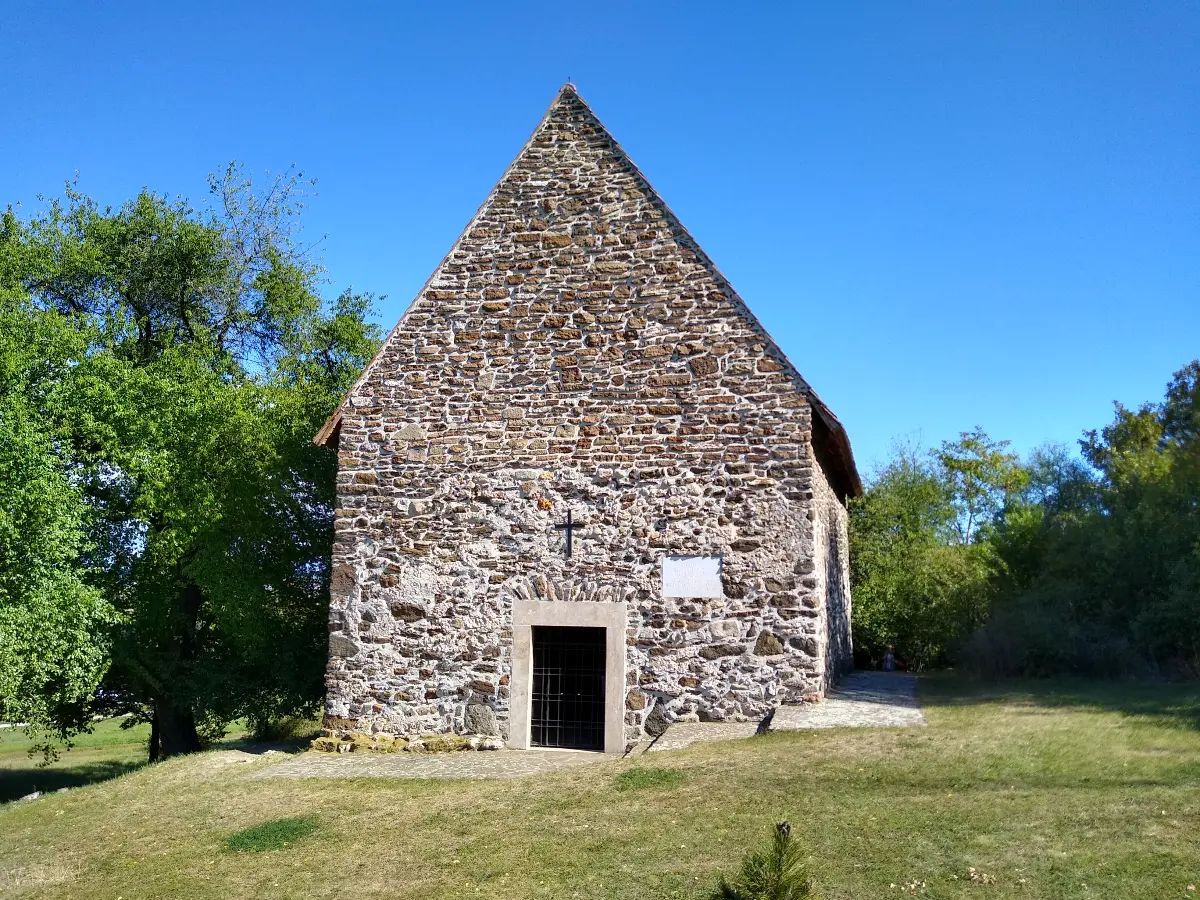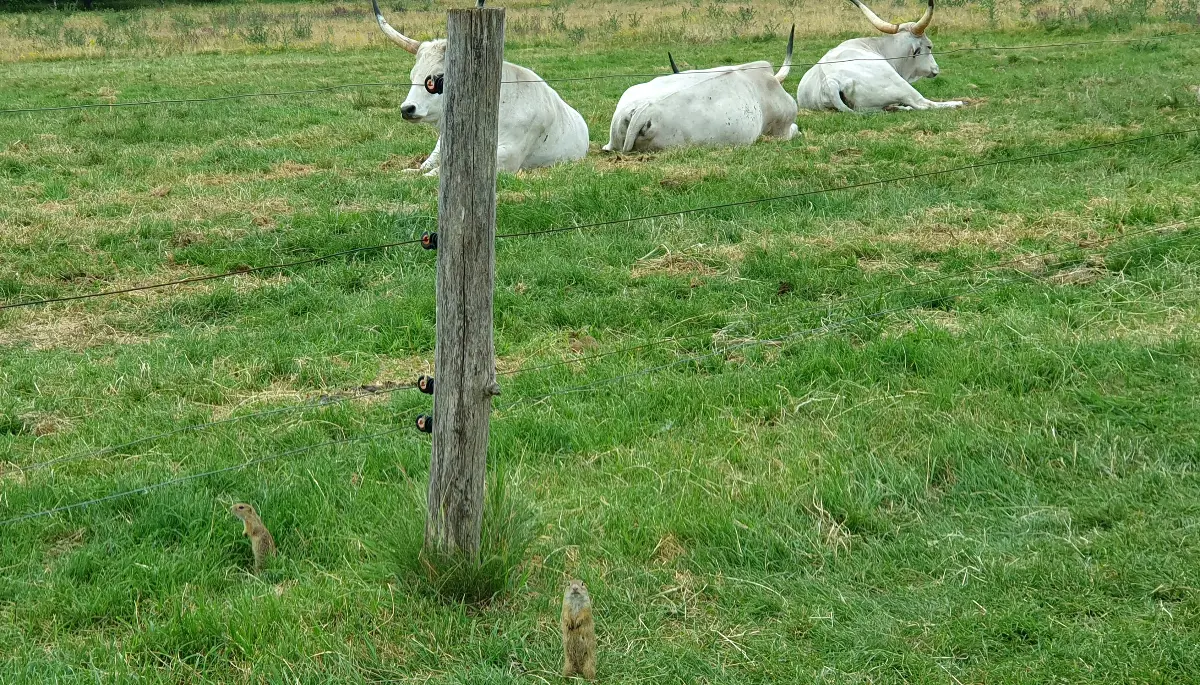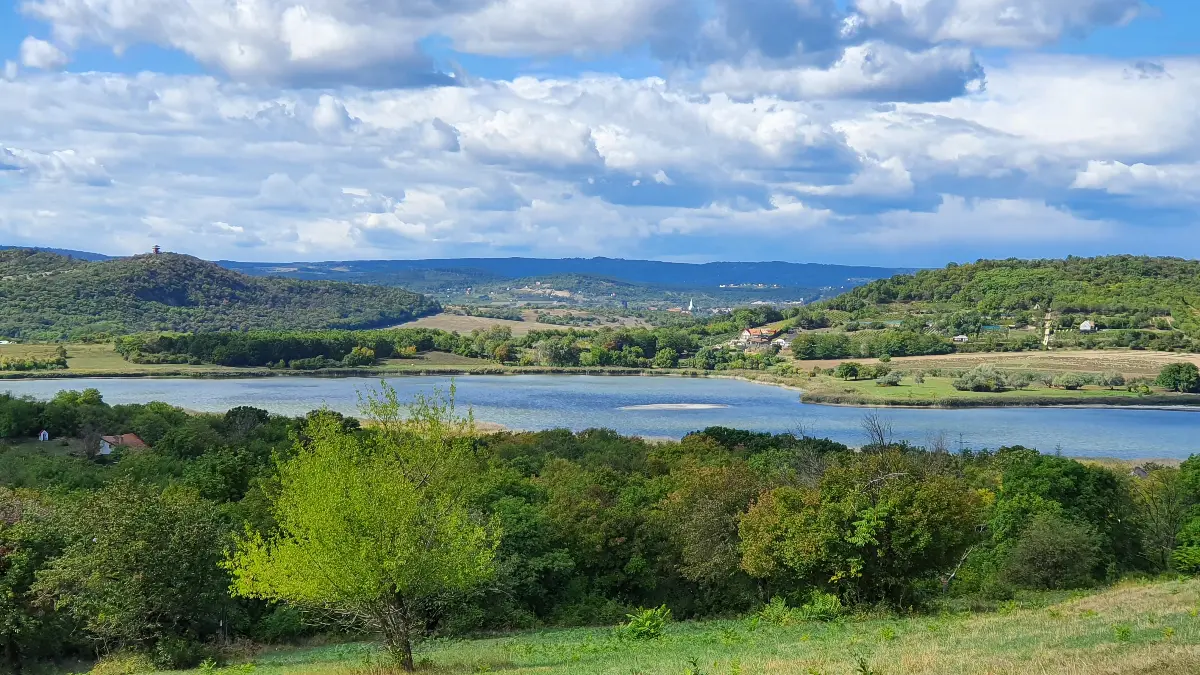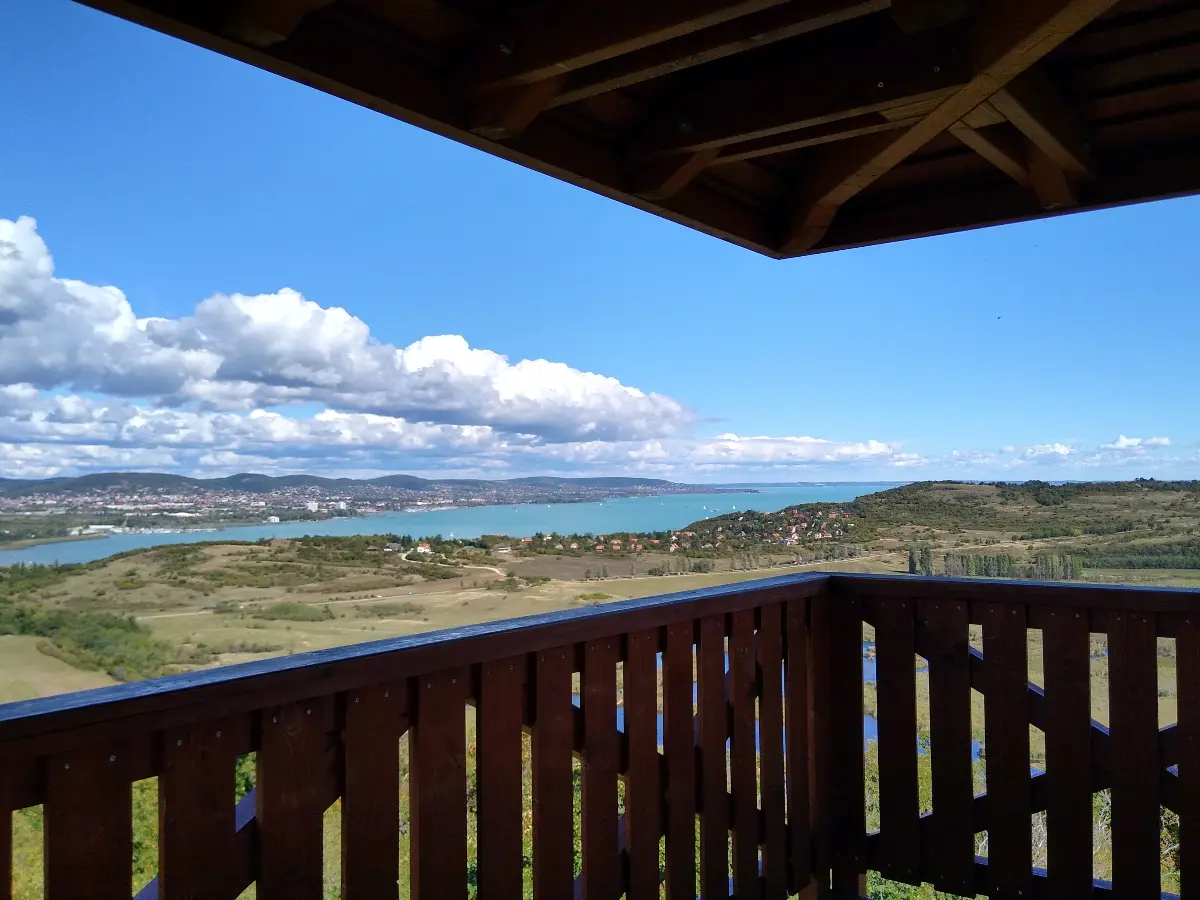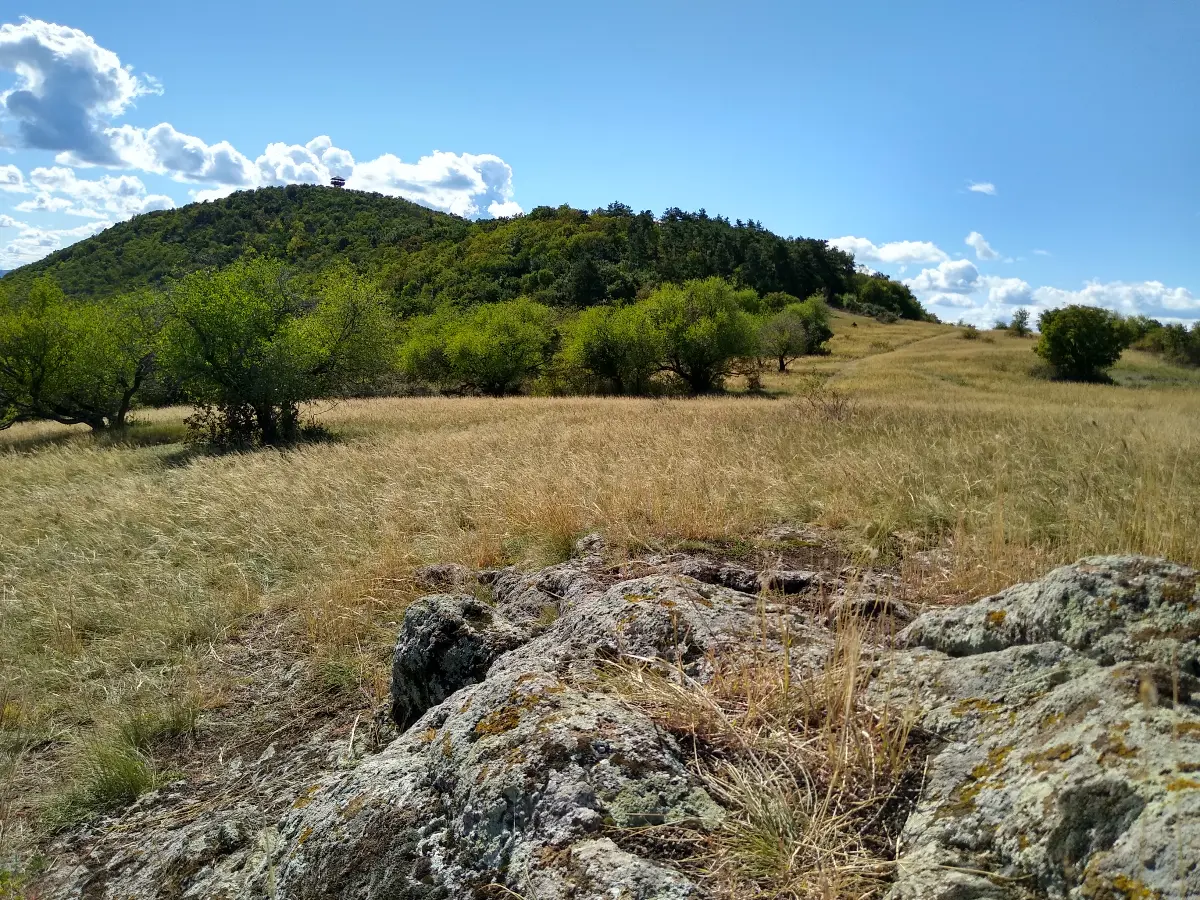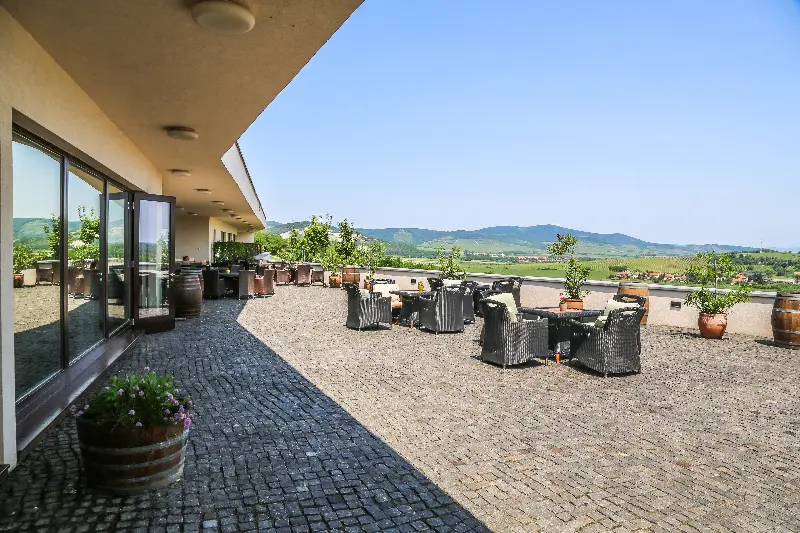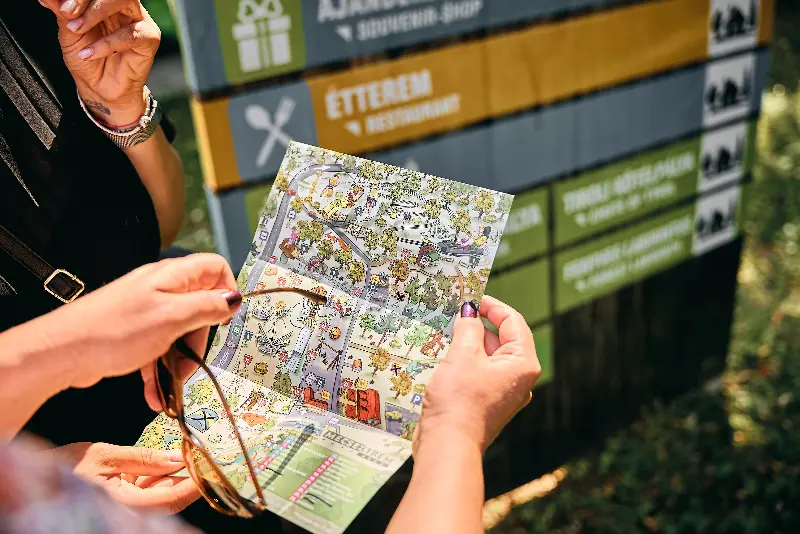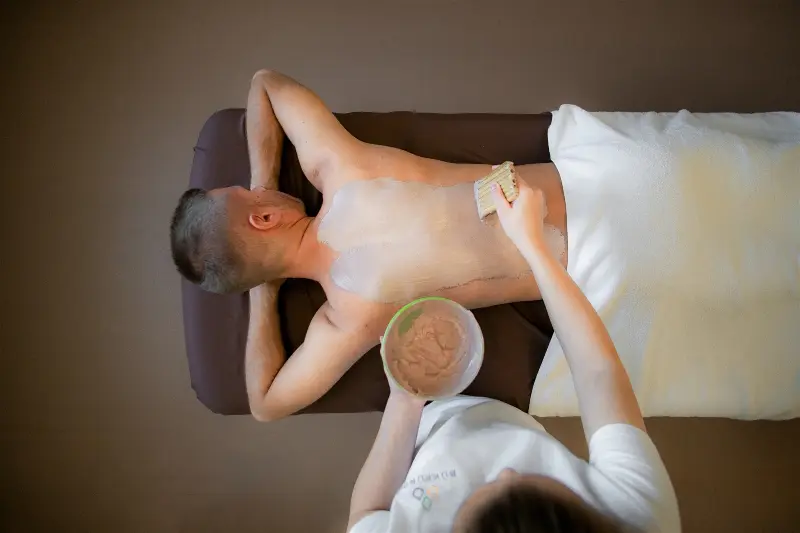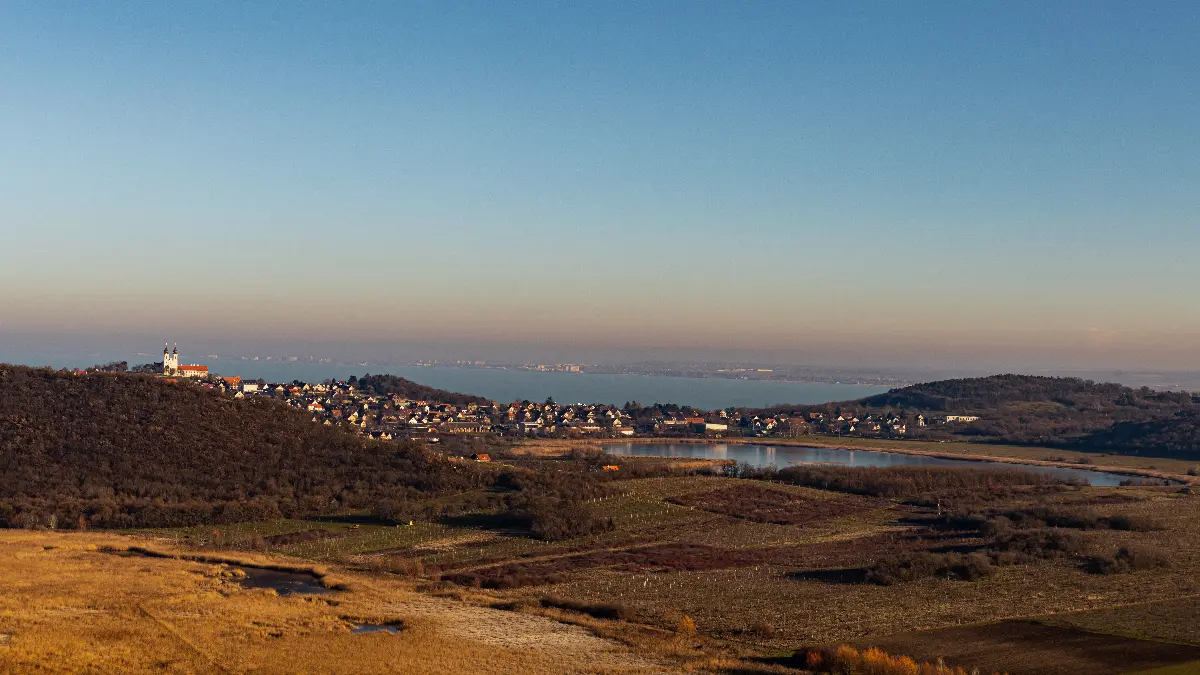
Helyszín címkék:
Boots up! Three spring hiking suggestions on the Tihany Peninsula
Kilár Boróka
Watching gophers around the Inner Lake: an easy tour for nature lovers
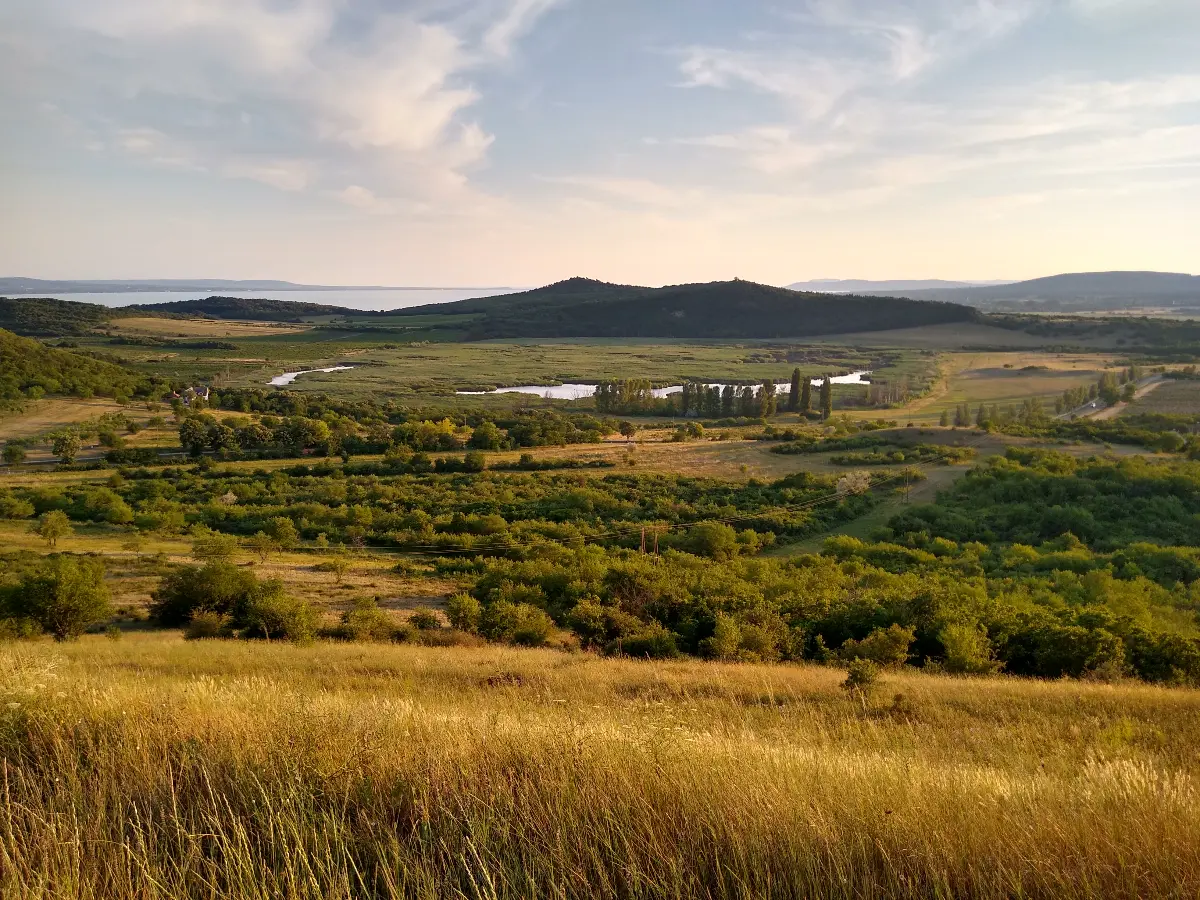
Let's start with an easy recommendation: a walk around Inner Lake in Tihany. This is a special place on the peninsula, as you can rarely say that you can walk around still water formed in the crater of a former volcano. About 8 million years ago, still burning volcanic magma burst onto the surface where we can peacefully enjoy the fabulous landscape today. You can find out what the world of former volcanoes was like in the Lavender Visitor Centre of the Balaton Upland National Park, and you can even walk into the interior of a "mini" volcano there. In the thematic garden a paved path leads to another hidden world: the coastal reeds are the habitat of countless rare, protected birds and small animals.
Gophers live in the field next to the lake. They are funny little animals, curious, young cubs run everywhere in the spring. Although they have a separate fenced area at their disposal, they do not attend to it much. The busy little rodents have already thoroughly dug the entire area. They are very skilful builders, when building their tunnels, they build a part of the earth into the wall, stuffing the rest into their cheek-pouches and carrying it to the surface. It is good to know that even though they live in colonies, each gopher digs its own burrow, so always watch your step! With a little luck, you can observe them up close.
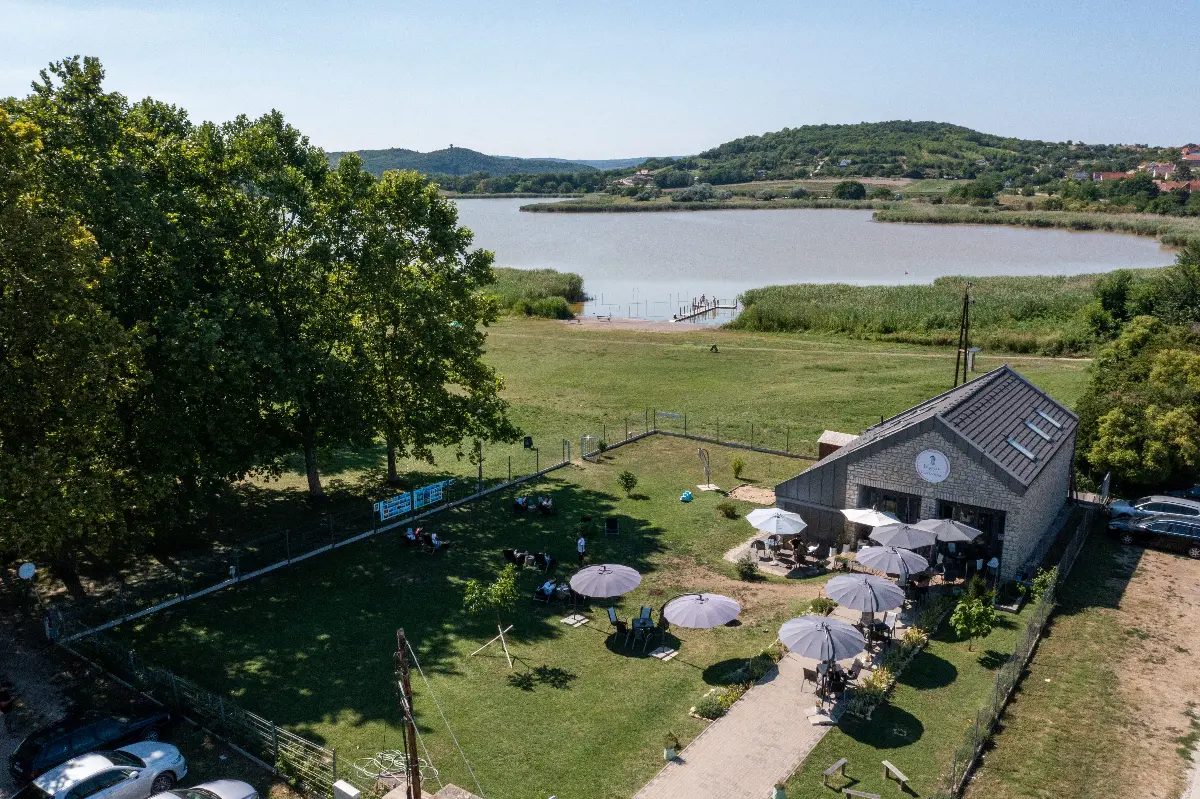
It does not matter if we go around the lake from the right or the left. The starting and ending point of our walk can be the Kotyogós Café Terrace. Here, the whole family and the dog can take a rest with a lavender cookie, lemonade or coffee. After the rest, it is worth exploring the other treasures of the peninsula!
Monk dwellings tour: history carved into the rock
The Tihany Peninsula hides countless unsolved secrets, this is especially true of the cave dwellings carved into the eastern side of the peninsula. According to assumptions, the Basilian monks who were the first to settle in this part came to our country accompanied by Beatrix, the wife of King András I, who founded the abbey. Cells were dug into the mountainside as a place of residence. In our tour guide, the wind of thousands of years of history can be felt step by step. The approximately 3.5 km round trip on forest paths rewards adventurous hikers with a magnificent panorama and many sights.
As a starting point, we recommend the IV. Károly Way of the Cross in Visszhang Street, which preserves the memory of the last Hungarian king. The view from the top of the hill is wonderful. Behind the three crosses, the huge boulder is a particularly valuable geological monument of Tihany; it was created by hot springs erupting at the site of cooled volcanoes many millions of years ago. Once there were hundreds of similar so-called spring cone on the peninsula, but many of them was mined and the coastal areas were filled with these stones. We can often see the green lizard sunbathing on the rocks. This is the largest species of lizard in Hungary, its length can reach up to 40 centimetres. About half of its body is made up of its tail. The male is easily to recognized by the cobalt green colour of its neck.

Starting from the Way of the Cross, a sign shows the right direction, we have to follow the green sign in the direction of the Monk dwellings. On the first section, on the edge of Tihany Óvár (“old castle”), you can walk along the ramparts of an earth fort that is more than two thousand years old. Here, the peninsula lies almost literally at our feet.
At the end of the former earth fort, the path descends, after a few steps and a forest path, the path now continues at the bottom of 20-30 meter rocks. Let's imagine that Lake Balaton once billowed at the bottom of these rocks. The view of the Basilian monks living here was most likely not disturbed by anything. Their homes were carved into the soft volcanic rock of the cliff face. Only a few of their cells remained by today, their special feature is that they are the only surviving hermitage in Central Europe. Some of them are life-threatening, these have been fenced off, but there are several that we can venture into without worry. The former premises are difficult to recognize today, but there was certainly a chapel, living rooms (cells) and a common dining room. The recesses carved into the wall were probably smaller cupboards.
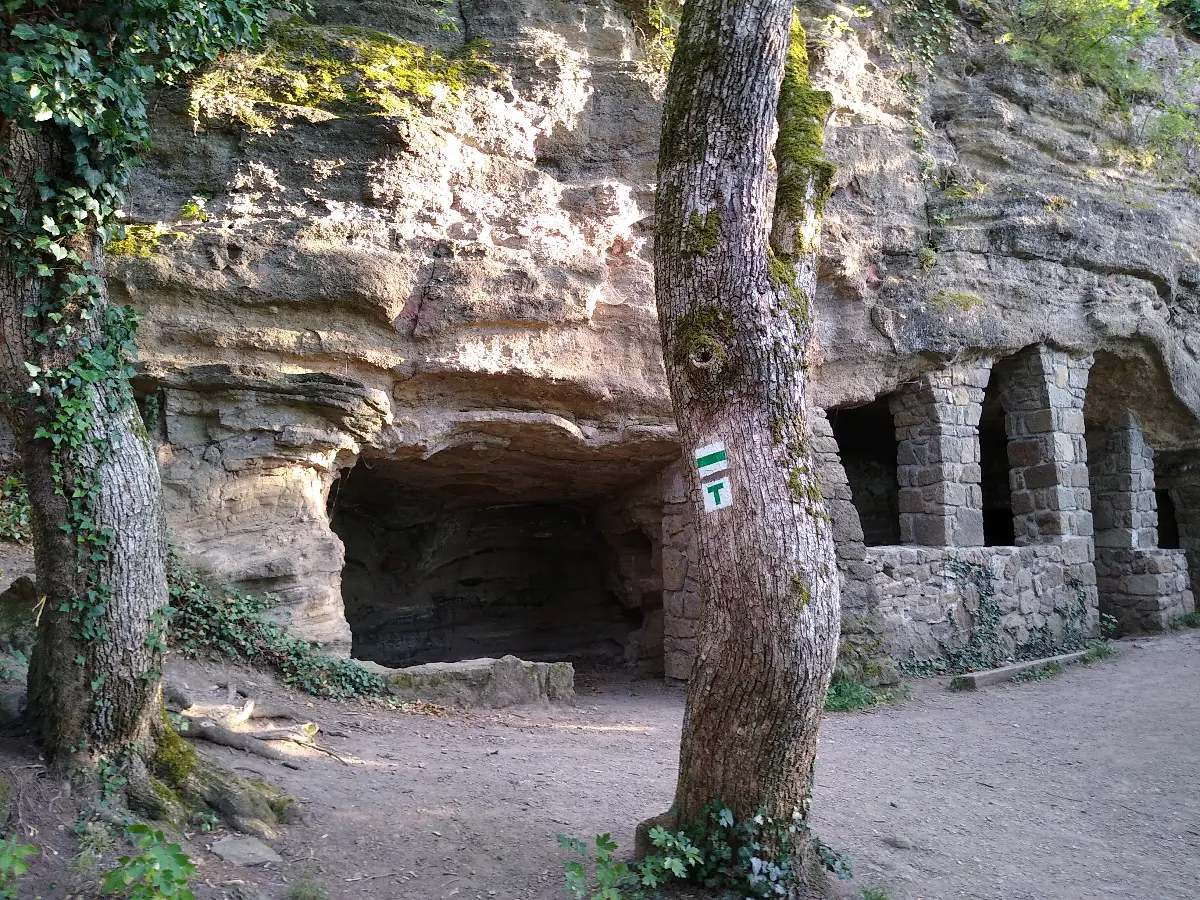
In any case, you should look for the huge red sandstone bomb, which still clearly shows the destructive power of the former volcanoes in the area. In the wall of one of the cells, pressed into the soft basalt tufa layers, it is still clearly visible today with how much force it struck several million years ago.
At the end of the tour, be careful not to go down the old, steep route to the Ciprián spring, because its steps are already rotten. Let's continue to the well-built (although also quite steep) stairs. If you keep to the right on the coastal road, you will soon see the passenger ship port of Tihany. From there, there are two ways to get back to the abbey: comfortably by light train, or by the so-called on Serpentine Road (Garay J. Street) with a small upgrade, after a few hundred meters, we find ourselves again on the Visszhang Hill in Tihany. Before we leave the port, it is worth taking a rest - for example, with a refreshment on the Sport Terrace - our legs will surely thank you for it!
Őrtorony (Watchtower) Lookout on the Apáti Hill
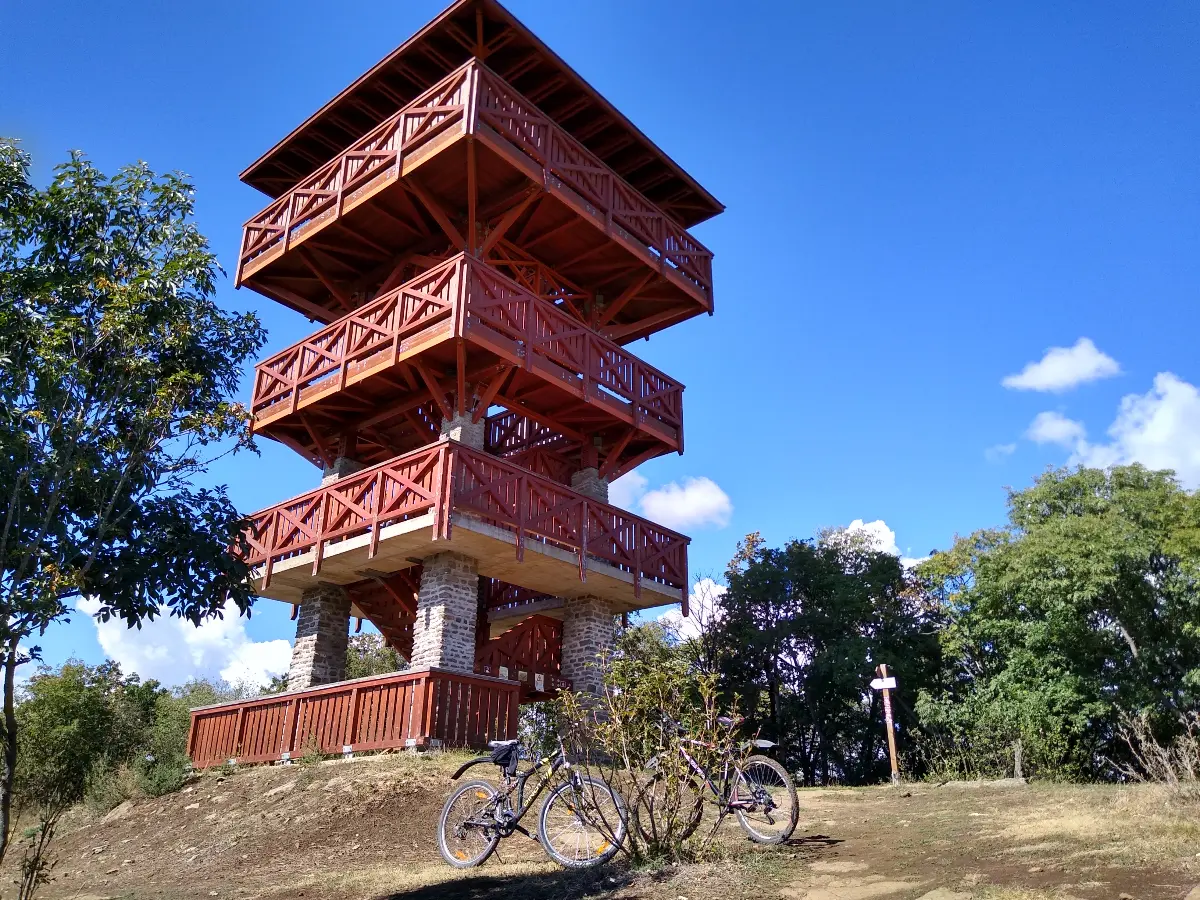
Our last recommended tour guides those who want to go on a trip to the western side of the Tihany Peninsula. During the panoramic tour with a slight level increase the western edge of the peninsula can be discovered. Unspoiled nature still dominates here. The final destination is the Őrtorony Lookout, which offers a fantastic view of the surrounding area.
The route does not start from the settlement, but from the Őrtorony parking lot located at the "neck" of the peninsula. Although it is possible to approach the lookout from several directions (for example from Sajkod), we recommend this. From the parking lot, following the sign in the form of a "lookout" you will find the small church in no time, next to which the forest path starts up the mountain. In the Middle Ages, the first village on the peninsula, called Apáti, was located here. During the Turkish times, people moved from here to the neighbourhood of the abbey, which meant security, so by today only this church of medieval origin remained from the place. It is still popularly used today for wedding ceremonies.
Following the tourist sign marking the lookout, after a slight level increase and upgrade, we reach the bottom of the lookout in about 30-40 minutes. It is assumed that the watchtower of the Romans once stood here or on the top of the neighbouring mountain, the name "Watchtower" comes here. We do not already know the exact fact today, but it is certain that the place was excellent for this purpose.
At the top of the 216-meter-high Apáti mountain, the 16.5-meter-high lookout was handed over in 2016. On the way up, do not forget to count the number of stairs! Then up there, a panorama opens up before us that is worth the effort.
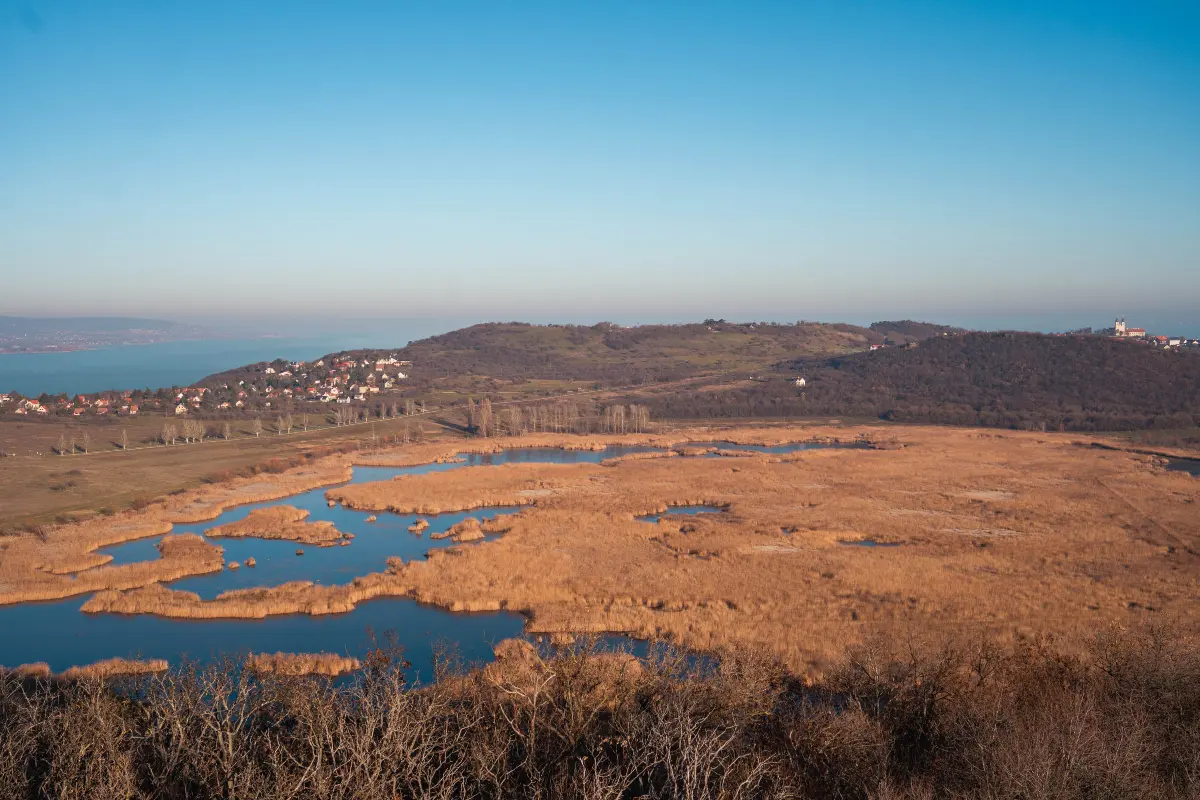
At the foot of the lookout, we find the oldest lavender field on the Tihany peninsula. The roots here tell the story of the heyday of Tihany lavender, the period when Tihany gained world fame thanks to the excellent quality of the essential oils produced here. The lavender essential oils of the notable chemist Gyula Bittera were even listed on the American stock exchange. Today, the almost hundred-year-old roots are under the protection of the national park, they must not be picked.
On the way back, we can choose the same way we came, or we can descend to Sajkod, where at the end of the tour we can rest on the terrace of the Apáti Restaurant and Café with a coffee or a tasty lunch.
